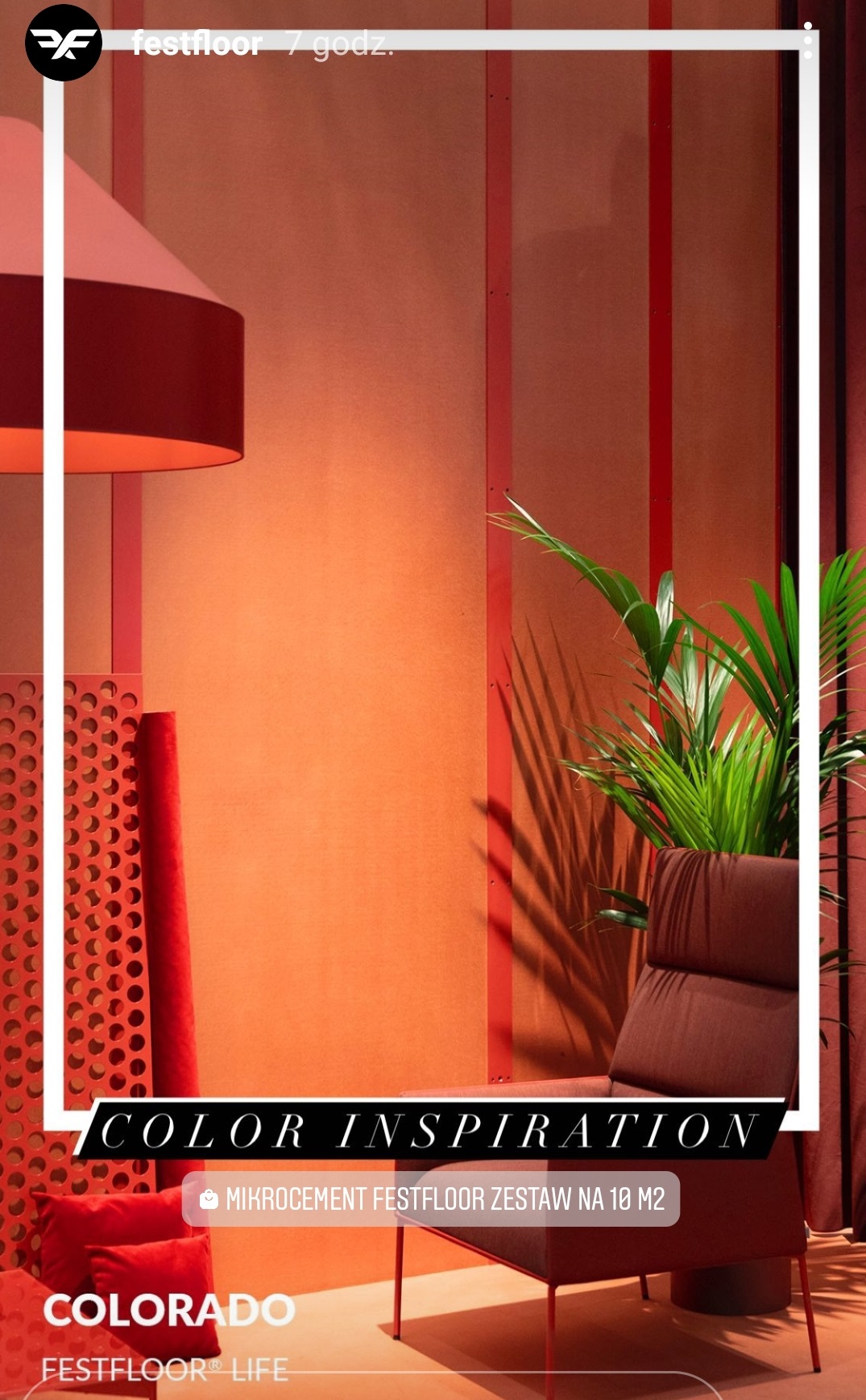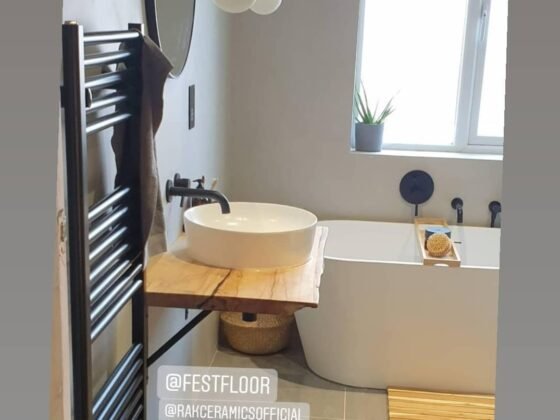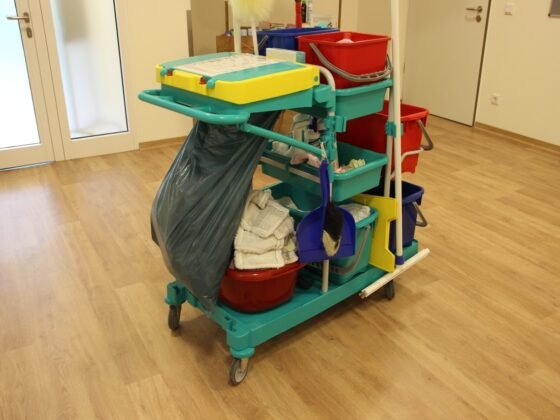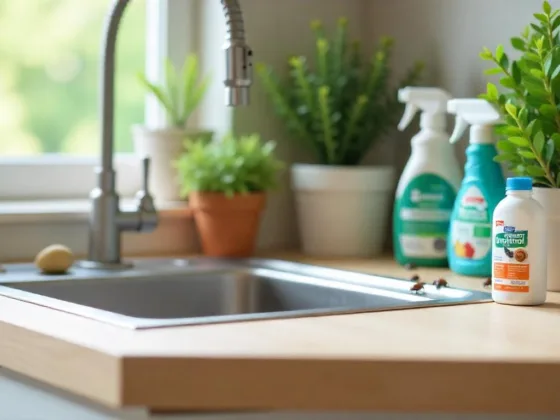The article will describe the characteristic features of two styles of interior finishing. Among the many styles in the world, it is worth taking a closer look at these two styles.
They will be: Scandinavian and industrial style. Apart from them, an important element of finishing many houses is decorative concrete. Festfloor
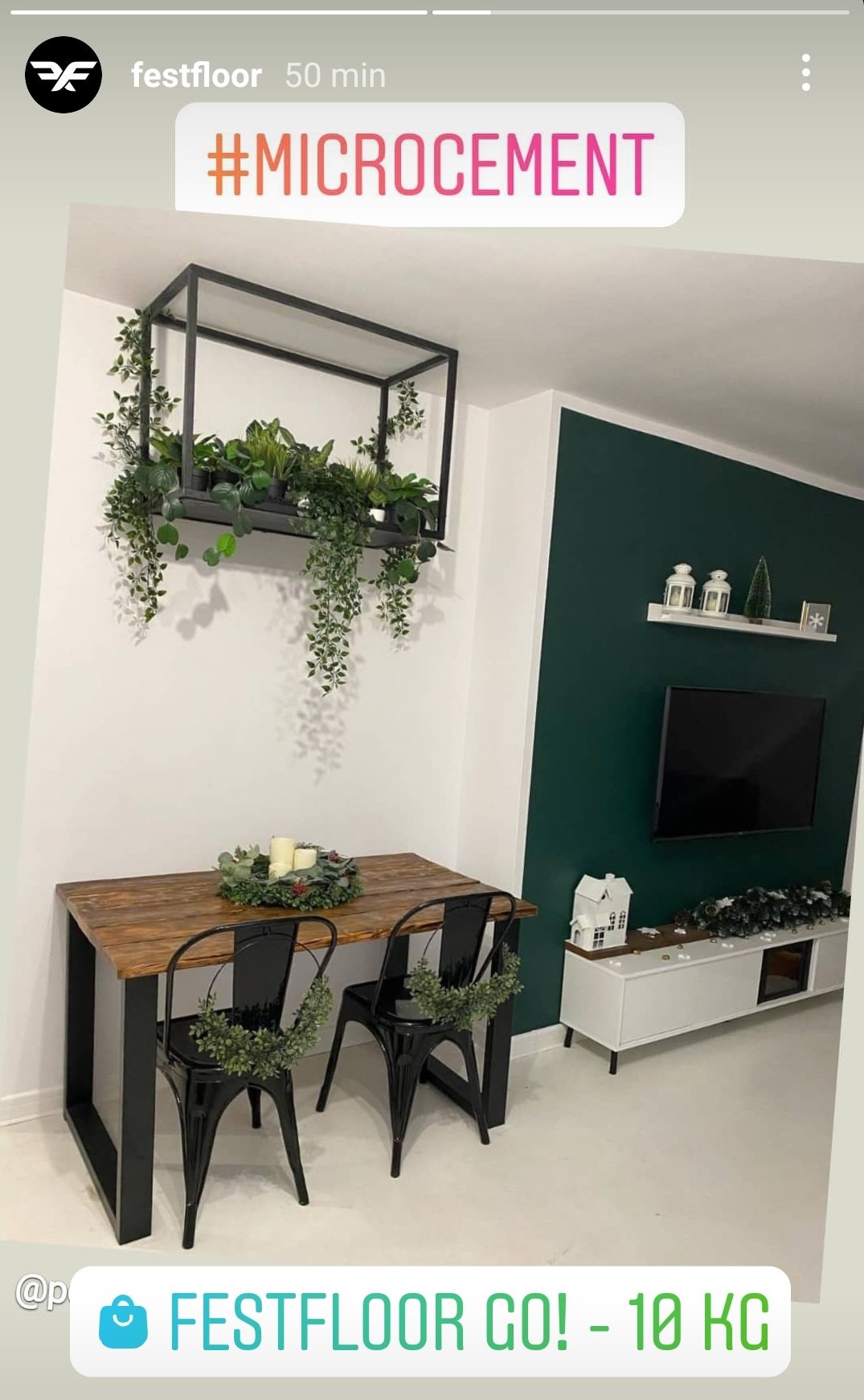
Scandinavian Styles
The popularity of the Scandinavian style has gained in recent years. Where is he from? The style has its roots in Northern Europe.
Its initiator was the Swedish painter – Carl Larsson. For the Swedes, he has become an arranger of a new trend, interior finishing in their homes.
Bright colors, simplicity, and the charm of nature encourage you to decorate houses in this style. This is great. It is dominated by white.
That is why it is often used in interiors with magnificent fireplaces and tiled stoves. In the Scandinavian style, the table is placed in the middle of the apartment, which is related to the strong attachment of Scandinavian houses to the family and traditions associated with it.
Scandinavians like many additions and variations in their homes. Usually, these are pillows, blankets, rugs, bedspreads, it is worth adding that they are in bright colors.
They are supposed to liven up the interior. You can also see many light elements that are supposed to give a sense of security and family warmth.
Candles are a frequent addition to fireplaces or bedrooms. The aroma coming out of them creates a unique atmosphere.
The colors of the accessories are usually turquoise or even red. There are usually candles and special vases made of ceramics on the table.
Curtains should be light or refer to the color of the earth. You can often find photos of artists or important personalities in the household.
They usually come in cool colors. The Scandinavian style is characterized primarily by simplicity, ecology, minimalism, and functionality.
Scandinavians are lovers of natural solutions, which is why they love to use a lot of wood in their homes. Antique items and furniture made of pallets are also common.
Lighting in the home is based on the use of spot lamps and framing them with design accents. The most famous elements of the Scandinavian style are the Ant chair, Aj Table lamp, Egg armchair (Arne Jacobsen), PH Architoke lamp (Poul Henningsen), Panton chair (Verner Panton), and Wishbone (Hans J. Wegner).
Read Also:
Industrial Styles
It was born in the 1950s in the USA. It was invented for the purpose of developing large areas of abandoned industrial factories.
Therefore, in houses that are arranged in this style, you will not find many decorations and accessories. The style is distinguished by open and large spaces.
There is no division into a kitchen, living room, and bedrooms. Space can be described as raw. Piping and cable systems are intentionally exposed.
The interiors are distinguished by solid concrete ceilings, visible bricks, or high windows, characteristic of this style.
The greatest minimalism is the basis for arranging an apartment in this expressive style. Therefore, the dominant colors will be gray, black, and white.
They are used for interiors distinguished by red brick. Enlarged rooms are obtained thanks to the use of multiple mirrors. Old boards and polished concrete fit perfectly on the floor.
Factory style absolutely excludes the use of curtains and curtains. The exception will be the use of industrial blinds on windows.
It is worth ensuring that the furniture is at the same height. It is about ensuring law and order. The industrial style also means taking care of proper lighting.
Lamps with a raw, monochrome appearance are an extremely important element of the entire arrangement. Furniture is also very important.
They are to emphasize the individuality of the interior. They are often purchased even at antique fairs to obtain the greatest possible likeness for the industrial style.
Steel and wood in the interiors create a perfect combination. Minimalist tables with a simple form are frequent visitors to houses decorated in this way.
The most important thing will be the consistency of the entire interior. The style should be uniform throughout the apartment.
The industrial style is now an increasingly popular form of arrangement. It is best suited for tall buildings with a large area. It is worth leaving the walls inside the house without any plaster.
Decorative Concrete
It gives a non-standard design and helps to protect the floor against mechanical damage. Decorative concrete on the wall gives the interior both industrial and Scandinavian character.
The effect of concrete on the wall is achieved by applying structural concrete paint. Decorative concrete is suitable for all colors due to its neutral color scheme.
It can be combined with more intense or subdued colors in the interior. It fits perfectly with the features of the Scandinavian or industrial style.
Concrete combines perfectly with wood. Such combinations are an essential part of the design of an increasing number of furnished apartments.
Concrete should be used not only on the walls. A frequent decorative element is also placing it on the floor. We have more and more options to purchase or order furniture or concrete slabs.
They will be an effective, unique, and original element of the interior! The dark gray concrete lampshade fits perfectly with light colors.
Light colors illuminate the dark structure of the concrete. Characteristic accessories also look great on a concrete wall.
You can add red, yellow, or trendy blue without hesitation. Special colors for plaster and decor are also available.
They give the effect of concrete (decorative concrete). The floor can be made of trowelled and polished concrete.
Rubbed involves pouring concrete on the floor and rubbing it with a special cloth. On the other hand, polished concrete gives an elegant effect and is easier to clean.
The floor with this technique, after pouring with concrete, is ground with a grinder with diamond ores. It is also possible to finish the floor with a resin coating.
Thanks to this, the effect of waterproofing and anti-slip flooring will be achieved.
The implementation of a given technique depends on the condition of the room in which such works are to take place.

